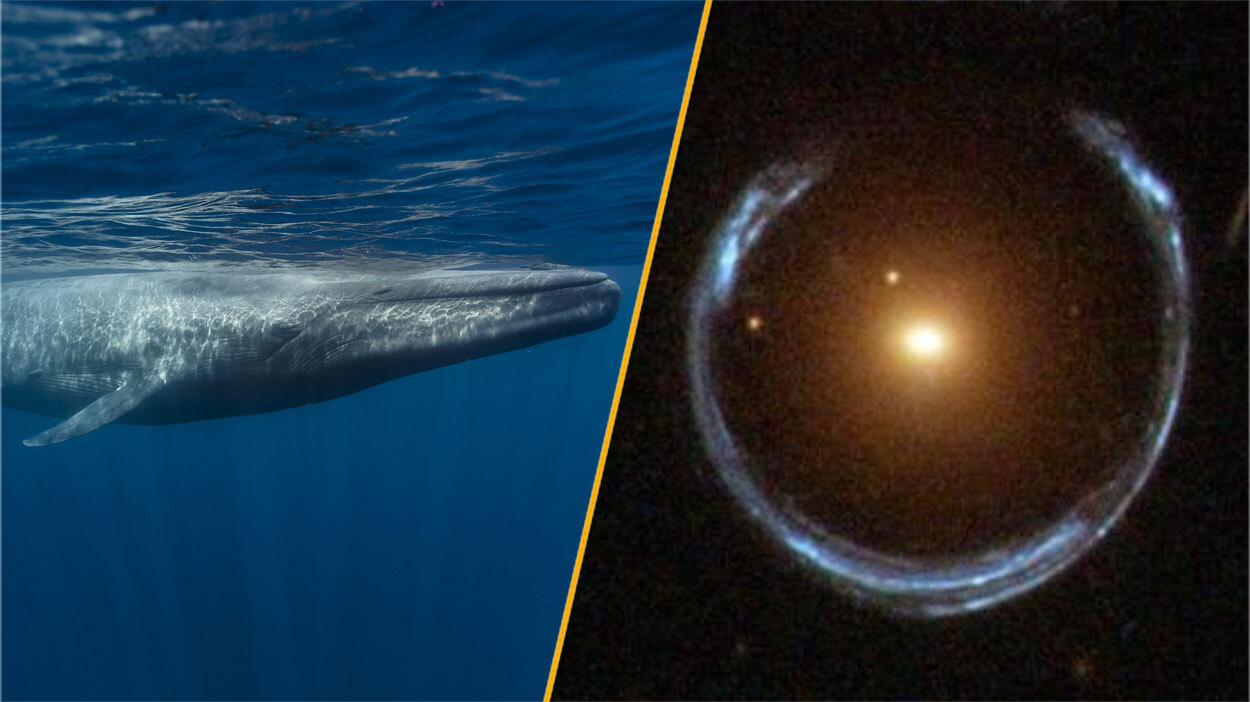
The oldest ever recovered DNA samples have been collected from under more than a mile of Greenland ice, and their analysis suggests the island was much warmer during the last Ice Age than previously thought.
The DNA is proof that sometime between 450,000 and 800,000 years ago, much of Greenland was especially green and covered in a boreal forest that was home to alder, spruce and pine trees, as well as insects such as butterflies and beetles.
From the genetic material of these organisms, the researchers infer that Greenland’s temperature once varied from 50 degrees Fahrenheit in summer to 1.4 degrees Fahrenheit in winter—the temperature range that the tree species prefer.
“We have shown for the first time that southern Greenland … was once very different to the Greenland we see today,” said study leader Eske Willerslev of the University of Copenhagen.
Less glacial cover in ancient Greenland means the global ocean was probably between three and six feet higher during that time compared to current levels, the scientists say.
“To get this site ice free you would’ve had to remove the ice cover from about the southern third of Greenland,” study team member Martin Sharp, a glaciologist at the University of Alberta, Canada, told LiveScience.
The findings, detailed in the July 6 issue of the journal Science, demonstrate how far the young field of ancient DNA research has come: scientists can now recreate an environment’s climate and ecology using only recovered DNA, without the need for fossils that might be absent or hard to reach.
Get the world’s most fascinating discoveries delivered straight to your inbox.
“To go from dirty water to a forest full of insects is pretty amazing,” study team member Matthew Collins, a biomolecular archaeologist at the University of York, said in a related Science news article.
Greenland’s thick ice sheets served as a perfect, natural freezer for preserving the prehistoric DNA. Older genetic samples have been found, but none in such pristine condition as the new Greenland samples.
The team says their technique could be applied to DNA found in other icy parts of the globe, such as Antarctica. “Given that 10 percent of the Earth’s terrestrial surface is covered by thick ice sheets, it could open up a world of new discoveries,” said study team member Enrico Cappellini of the University of York in the United Kingdom.
Plants still survive in Greenland today, although mostly along the island’s coast, since the interior is blanketed in ice. “There’s tundra vegetation,” Sharp said. “There’s also dwarf birch probably, and willows almost are certain. But not pine or spruce, which we have in the DNA here.”
- Early Life Survived 'Snowball Earth'
- Greenland Dumps Ice into Sea at Faster Pace
- Runaway Glacier May Portend Rising Seas
